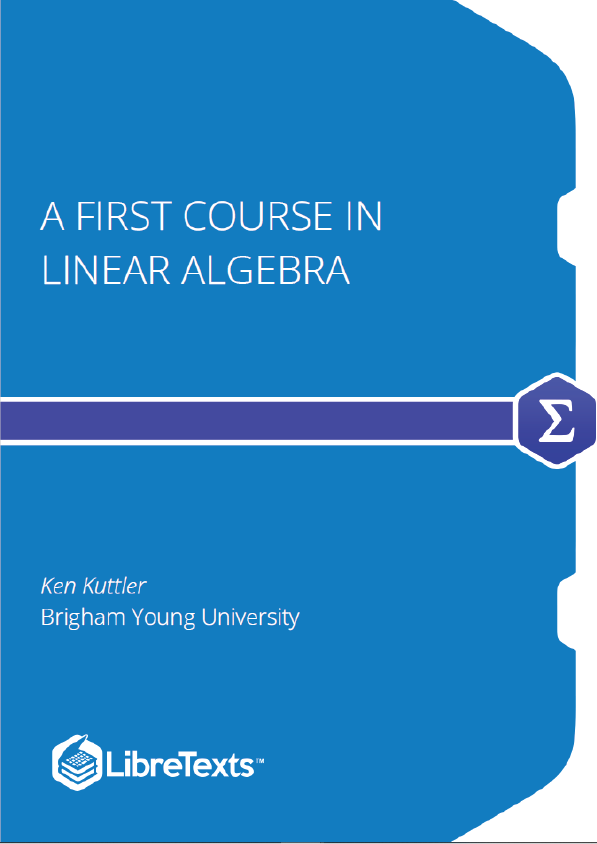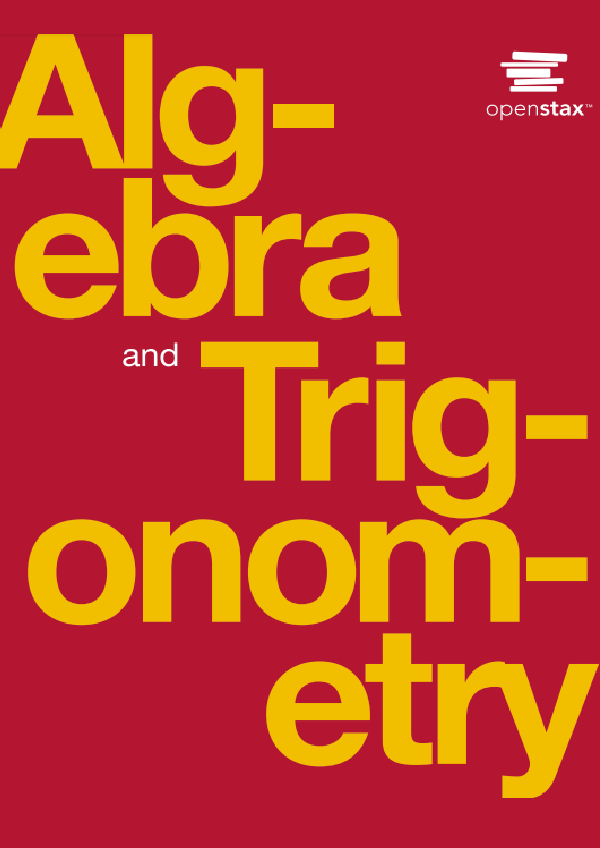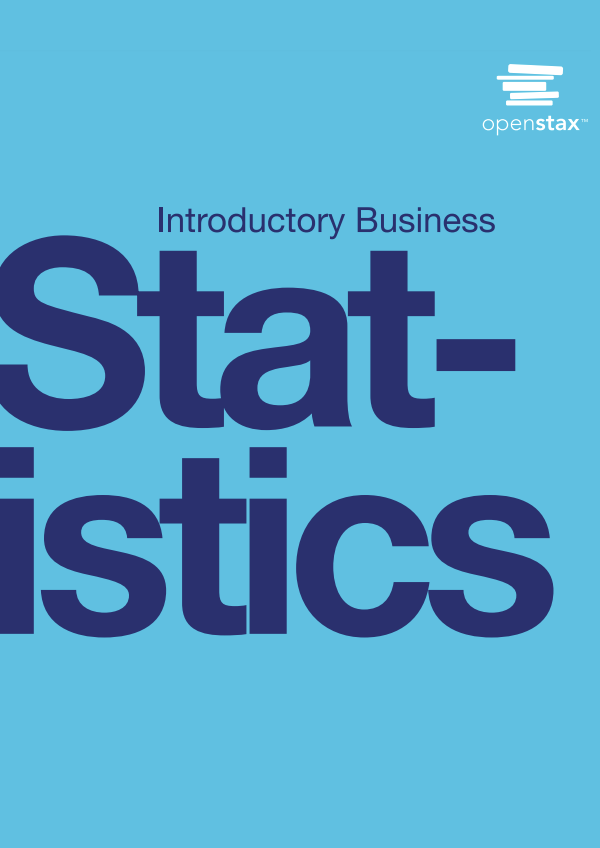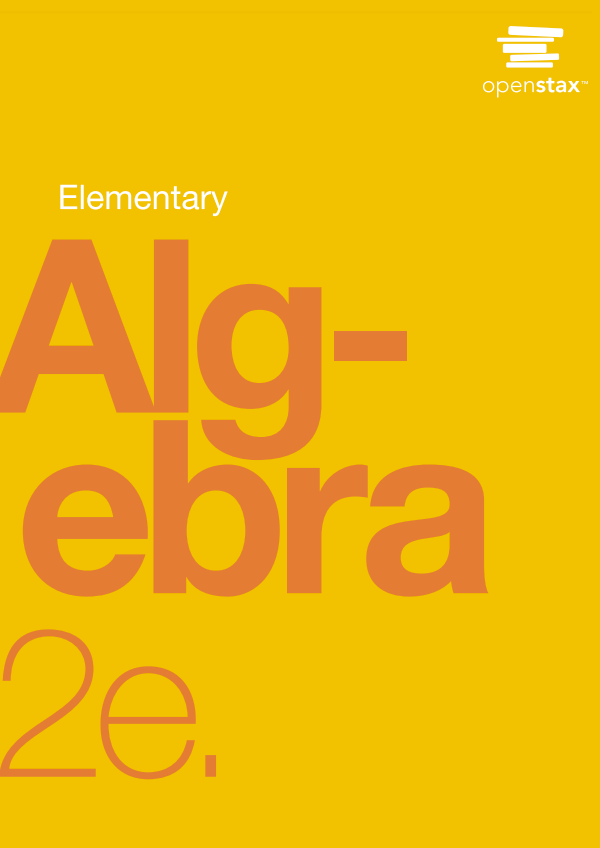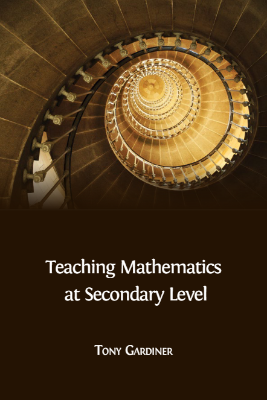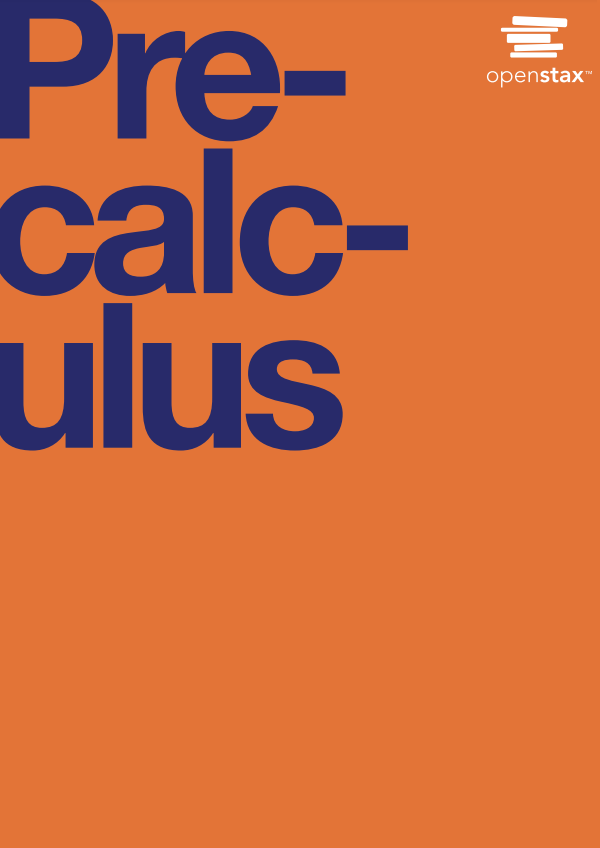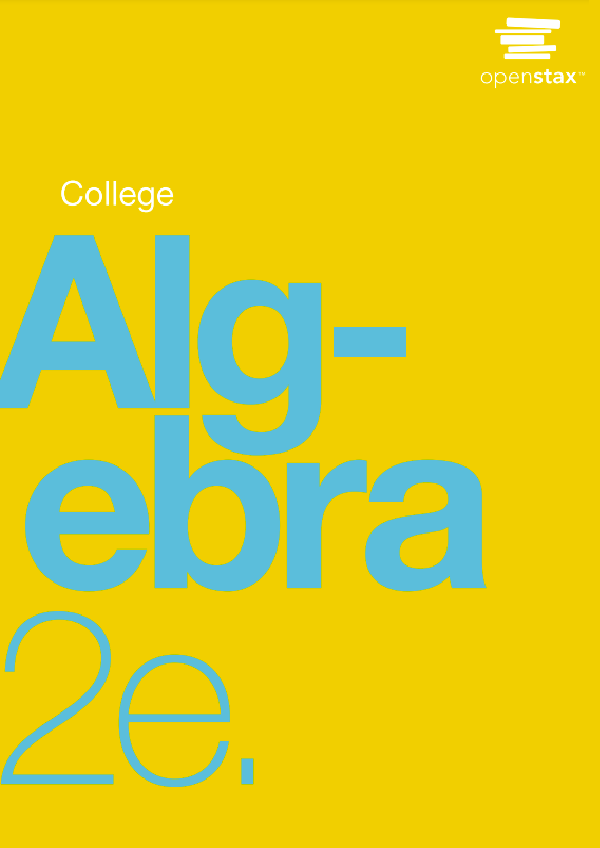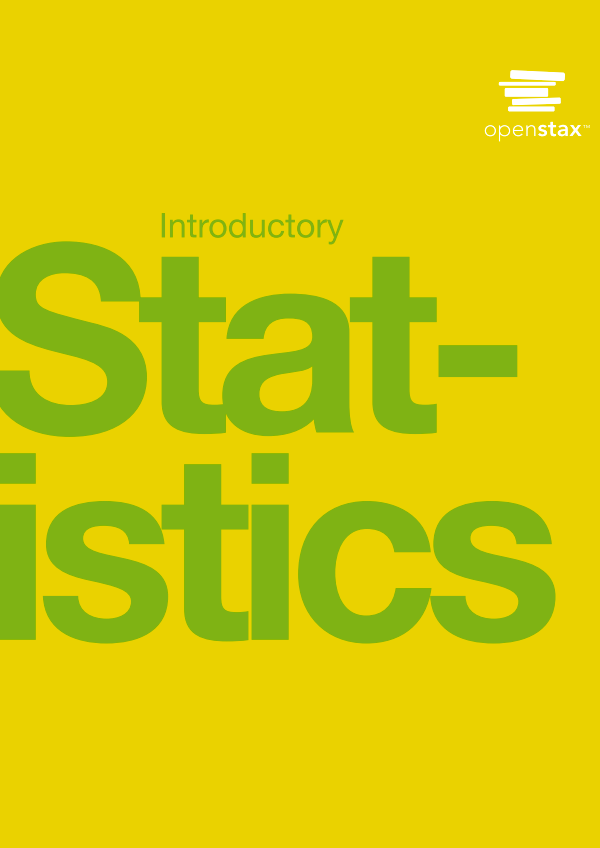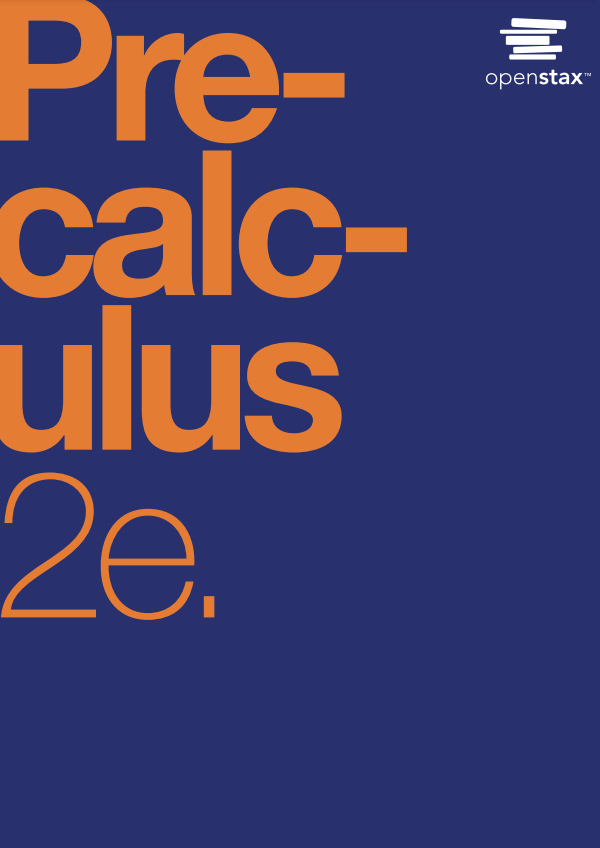This text is a first course in linear algebra for science and engineering students who have an understanding of basic algebra. All major topics of linear algebra are available in detail, as well as proofs of important theorems. In addition, connections to topics covered in advanced courses are introduced. The text is designed in a modular fashion to maximize flexibility and facilitate adaptation to a given course outline and student profile.
Systems of Equations, Geometry
A. Relate the types of solution sets of a system of two (three) variables to the intersections of lines in a plane (the intersection of planes in three space)
As you may remember, linear equations like can be graphed as straight lines in the coordinate plane. We say that this equation is in two variables, in this case and . Suppose you have two such equations, each of which can be graphed as a straight line, and consider the resulting graph of two lines. What would it mean if there exists a point of intersection between the two lines? This point, which lies on both graphs, gives and values for which both equations are true. In other words, this point gives the ordered pair ( ) that satisfy both equations. If the point is a point of intersection, we say that is a solution to the two equations. In linear algebra, we often are concerned with finding the solution(s) to a system of equations, if such solutions exist. First, we consider graphical representations of solutions and later we will consider the algebraic methods for finding solutions.
When looking for the intersection of two lines in a graph, several situations may arise. The following picture demonstrates the possible situations when considering two equations (two lines in the graph) involving two variables.
In the first diagram, there is a unique point of intersection, which means that there is only one (unique) solution to the two equations. In the second, there are no points of intersection and no solution. When no solution exists, this means that the two lines are parallel and they never intersect. The third situation which can occur, as demonstrated in diagram three, is that the two lines are really the same line. For example, and are equations which when graphed yield the same line. In this case there are infinitely many points which are solutions of these two equations, as every ordered pair which is on the graph of the line satisfies both equations. When considering linear systems of equations, there are always three types of solutions possible; exactly one (unique) solution, infinitely many solutions, or no solution.
